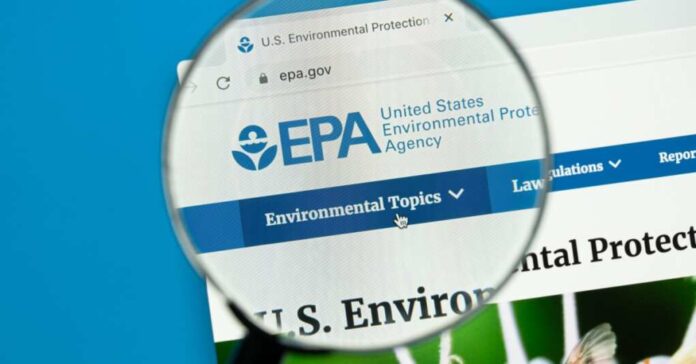
It’s been over a year since a train derailment rocked the sleepy town of East Palestine, Ohio, and the residents of the city are still largely left on their own to struggle with the aftermath of the incident.
When the derailment occurred, a Norfolk Southern freight train pulled 149 cars, including 20 tankers marked with hazardous-materials placards. Liquefied vinyl chloride gas and ethylene glycol were among the hazardous materials transported.
The derailment was initially detected by an infrared sensor known as a “hotbox detector,” which reported elevated temperatures on one of the front axles of the twenty-third railcar while crossing mile marker 69.0 near Salem, Ohio. Despite this alert, no immediate action was taken to stop the train. As its journey continued, the axle’s bearings reached an abnormally hot temperature, resulting in an unnoticed fire. Eventually, the compromised axle gave way, causing the twenty-third car to derail, leading to a pile-up of thirty-eight railcars, including eleven hazmat tankers.
At the time, Transportation Secretary Pete Buttigieg faced bitter criticism for waiting three weeks to travel to East Palestine. In response to the criticism, Buttigieg acknowledged that he should have acted sooner but defended his decision, stating that he was striving to “strike the right balance” of timing for his visit. It appeared his only motivation for going to East Palestine at all was that the Biden administration was left publicly humiliated by their inaction following former President Donald Trump’s visit to the site.
The Environmental Protection Agency (EPA) deployed emergency response personnel to assist state and local efforts. The EPA approved a work plan for Norfolk Southern to address environmental damage caused by the derailment, including contaminated soil and water. Additionally, sediment cleanup efforts in Sulphur and Leslie Runs were initiated, accompanied by rigorous testing and containment measures. Government officials, including Ohio Governor Mike DeWine and Pennsylvania Governor Josh Shapiro, took action to address the situation, with the Ohio National Guard being activated to assist local authorities and evacuations being ordered in areas of Beaver County near the site.
For those not paying attention, the EPA seemed to have done everything it should have done…except declare a “public health emergency.”
Despite the disaster necessitating the evacuation of half the town, the EPA did not approve a public health emergency designation, and President Joe Biden never declared a disaster. The incident raised significant concerns about the long-term health effects of the spilled chemicals. These contamination worries were further intensified by the decision to rupture five tank cars containing vinyl chloride and incinerate this hazardous substance just three days after the derailment.
EPA Response Coordinator Mark Durno explained that classifying the incident as a public health emergency was not possible because there was “no environmental data confirming ongoing chemical exposure” after testing for it.
A closer examination reveals that money may have been the critical issue in the EPA’s hesitation to declare a public health emergency. Such a declaration would have given residents access to health benefits related to the incident, including federally funded programs like Medicare. The formal declaration would have provided the town with the resources it needs in its cleanup efforts.
Recently discovered emails within the EPA reveal a lawyer advising PR personnel to avoid the issue, stating that it was best “not to get into” it.
The EPA knew the potential dangers of releasing and burning vinyl chloride. During the incident, EPA officials on-site explicitly communicated that burning vinyl chloride could lead to the formation of phosgene (a chemical weapon used in World War I) and hydrogen chloride. The public was duly cautioned about this potential hazard, but Governor Ohio, Mike DeWine, still decided that burning the cars was safer than a possible explosion.
The government insists that East Palestine is safe, but residents are experiencing a different reality.
Lesley Pacey, an environmental investigator for the watchdog group Government Accountability Project, explains, “I talk to residents all the time, and they’re having new seizures pop up, cancers. I mean, a lot of the damage has already been done to these people.”
Residents have reported a wide range of health problems, including chronic nosebleeds, respiratory problems, and rashes, and complain of being able to smell the chemicals in the air after it rains.
The EPA has ordered Norfolk Southern to cover damages, saying the aftermath “may constitute an imminent and substantial endangerment to the public health or welfare or the environment.” Yet somehow, the EPA has dodged responsibility for covering the still-suffering taxpayers in East Palestine.
It’s a fate reserved for states that didn’t back Biden in 2020. The President may be a “well-intentioned old man with a poor memory,” but he isn’t likely to forget those who didn’t support him in the last election.














